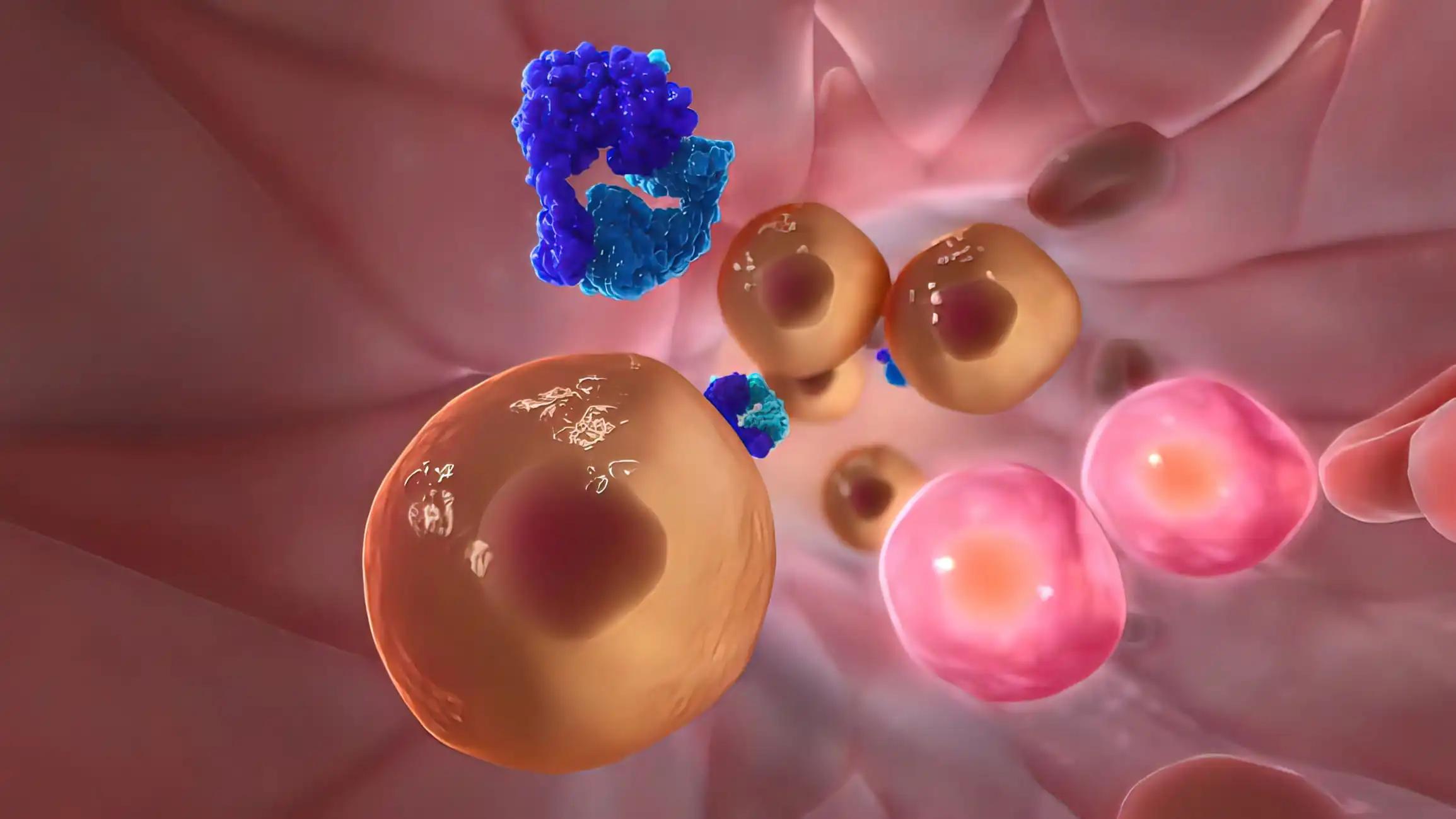KEY TAKEAWAYS
- The EMBARK phase 3 study assessed long-term pain and HRQoL changes in high-risk BCR nmCSPC patients treated with ENZA+L, ENZA alone, or P+L.
- The result concluded that in a high-risk BCR nmCSPC, ENZA+L or ENZA alone extended MFS while preserving overall HRQoL.
In the EMBARK phase 3 trial, both the combination of enzalutamide (ENZA) and leuprolide acetate (L) and ENZA alone demonstrated a significant delay in metastasis-free survival (MFS) compared to the placebo (P) combined with L in high-risk biochemically recurrent non-metastatic castration-sensitive prostate cancer (BCR nmCSPC). The Patient-Reported Outcomes (PRO) analysis focused on assessing pain progression using the Brief Pain Inventory Short-Form (BPI-SF) and health-related quality of life (HRQoL) using Functional Assessment of Cancer Therapy-Prostate (FACT-P), European Quality of Life 5-Dimensions 5-Level (EQ-5D-5L), and European Organization for Research and Treatment of Cancer Quality of Life Questionnaire-Prostate 25 (QLQ-PR25).
The primary PRO analysis revealed no significant differences in time to first and confirmed clinically meaningful deterioration (TTFD/TTFCD) between either treatment arm and P+L for pain progression and HRQoL. The EMBARK PRO study’s secondary objective involved analyzing the change from baseline in PRO scores for pain and HRQoL using a restricted maximum likelihood-based repeated measures approach (MMRM) in a longitudinal analysis.
Stephen J. Freedland and his research team conducted the study and presented the findings of the secondary analysis.
In the interventional study, patients (pts) exhibiting high-risk BCR nmCSPC, characterized by a prostate-specific antigen (PSA) doubling time of ≤9 months and screening PSA levels ≥2 ng/mL above nadir after radiotherapy or ≥1 ng/mL after radical prostatectomy, underwent randomization (1:1:1) into groups receiving ENZA plus L, ENZA alone, or P plus L.
At week 37, the administration of the study treatment was halted for individuals with PSA levels measuring less than 0.2 ng/mL at week 36.PROs were evaluated at baseline and subsequently every 12 weeks until either the occurrence of metastasis or death. Clinically meaningful deterioration was precisely characterized as a reduction of 10 or more points from the baseline in the FACT-P total score and an escalation of 2 or more points in the BPI-SF worst pain score.
The analysis of observed data using the MMRM approach was restricted to time points with non-missing data for at least 50% of pts in each treatment arm. Separate models were employed for each PRO score, primarily focusing on examining treatment differences up to week 205 in the intent-to-treat population.
At the outset, around 327–332 pts in each group completed the PRO questionnaire. The completion rates post-baseline remained at or above 85% up to week 205. Patients, initially asymptomatic, maintained good HRQoL at baseline. Notably, no clinically meaningful deterioration in pain progression was observed with any treatment up to week 205. Regarding worst pain, no statistically significant overall differences existed between each treatment arm and the P+L group.
In terms of the FACT-P total score, there were statistically significant differences in change from baseline favoring P+L. However, these did not reach the pre-defined threshold for clinically meaningful differences. No significant differences in change from baseline were noted between treatment arms for urinary and bowel symptoms/function. However, statistically significant differences were observed in sexual activity favoring ENZA alone and hormone treatment-related symptoms favoring P+L. EQ-5D-5L visual analog scale scores remained consistently stable across all treatment arms. HRQoL scores displayed trends indicating a return to baseline levels after week 37.
The result concluded that pts across all treatment arms consistently reported elevated HRQoL scores through various patient-reported surveys. Longitudinal analysis up to week 205 revealed no clinically meaningful differences in HRQoL. In specific subdomains, the ENZA-alone group displayed the least deterioration in the sexual activity domain, whereas the P+L group exhibited the smallest decline in hormone-related symptoms. Both the clinical and PRO analyses from the EMBARK trial indicate that ENZA+L or ENZA alone enhances MFS compared to P+L while preserving HRQoL in pts with high-risk BCR nmCSPC. This study is sponsored by Pfizer.
Source : https://suo-abstracts.secure-platform.com/a/gallery/rounds/18/details/3020
Clinical Trial: https://clinicaltrials.gov/study/NCT02319837
Freedland SJ, Gleave M, De Giorgi U, et al. “LONGITUDINAL CHANGES IN PATIENT-REPORTED OUTCOMES (PROs) IN PATIENTS WITH HIGH-RISK BIOCHEMICALLY RECURRENT (BCR) NON-METASTATIC CASTRATION-SENSITIVE PROSTATE CANCER (NMCSPC) FROM THE EMBARK STUDY”. Presented at SUO 2023. (Poster: 41)



